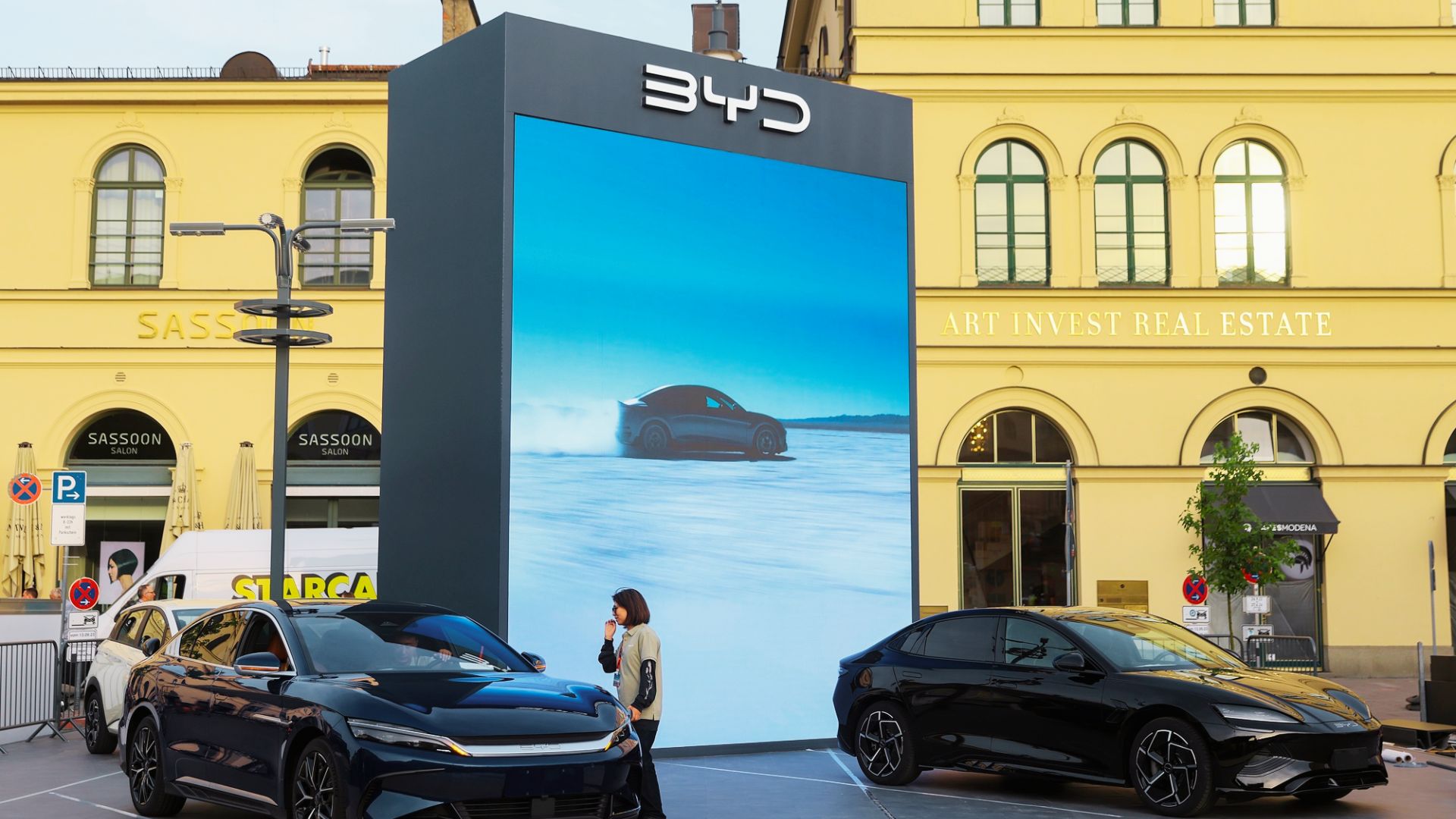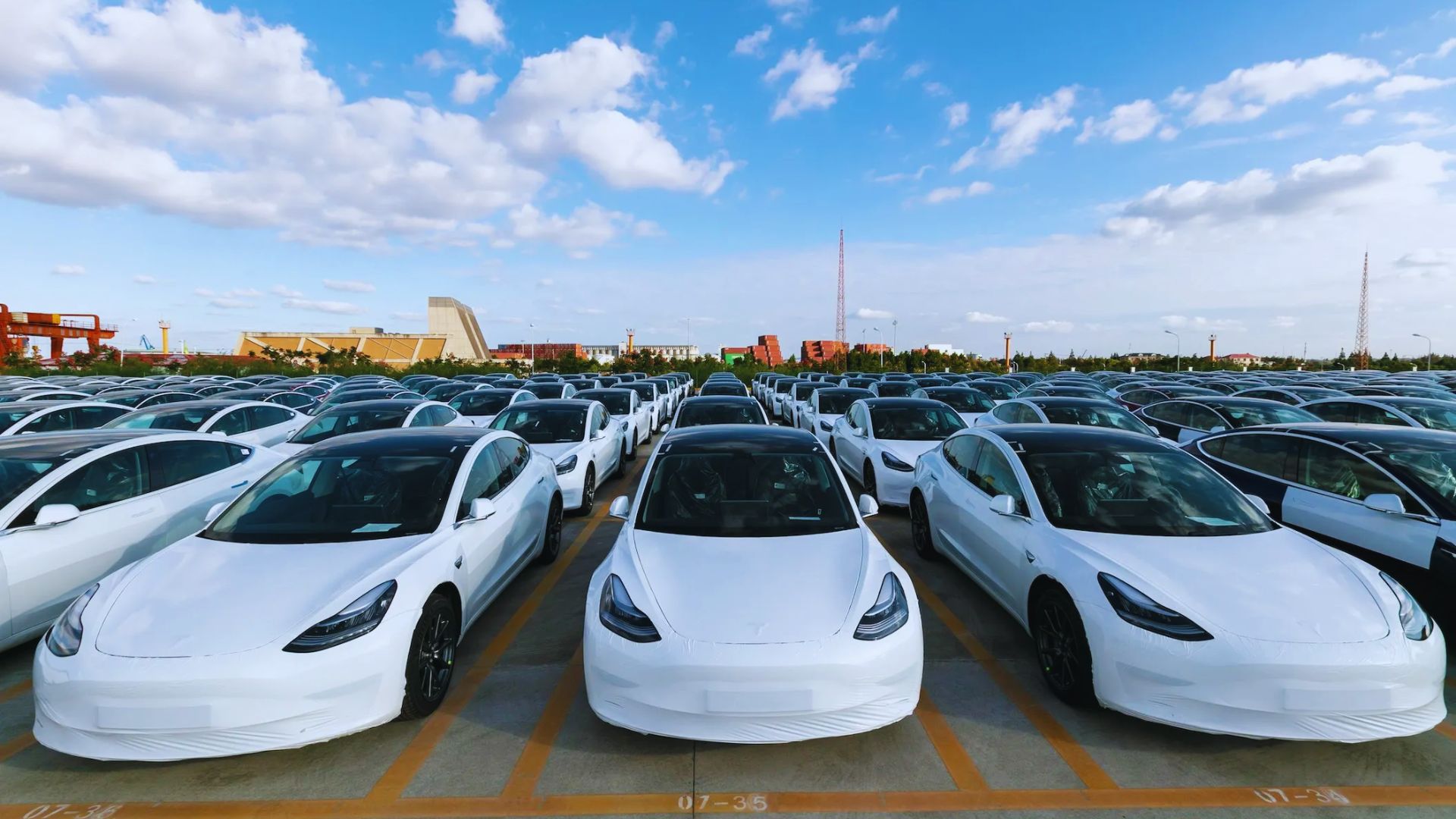Tesla exceeds delivery expectations but trails behind BYD in global EV sales, showcasing a competitive automotive landscape.
Tesla Inc., led by Elon Musk, surpassed fourth-quarter vehicle delivery estimates but couldn’t outpace BYD Co. in global EV sales. Despite beating its annual target, Tesla faced challenges in meeting Musk’s ambitious production goals, illustrating the dynamic and fiercely competitive nature of the electric vehicle market.
Tesla’s Fourth Quarter Performance and Market Position
Tesla Inc. delivered an impressive number of vehicles in the fourth quarter, surpassing analysts’ expectations but still trailing behind China’s BYD Co. in global electric-car sales. In the last three months, Tesla delivered 484,507 vehicles, slightly over the expected 483,173. BYD, on the other hand, sold 526,409 fully electric vehicles, taking the lead in EV sales thanks to its diverse range of affordable models in China.
While Tesla met its annual goal by delivering 1.8 million vehicles, it fell short of the more ambitious target of 2 million cars, a figure Elon Musk mentioned a year ago. Despite price cuts, the demand was insufficient to achieve this higher production level.
Future Projections and Market Analysis
Analysts anticipate that Tesla, based in Austin, may deliver over 2.1 million vehicles in 2024, despite uncertainties in overall EV demand. Ben Kallo from Baird made this estimate, even considering the current market conditions.
Tesla’s stock experienced a minor dip but remained stable at $248.43 in midday trading in New York. The company’s shares had surged 102% the previous year, recovering from significant losses in 2022 partly due to Musk’s acquisition of Twitter, now called X.
China’s Rising Influence in the Automotive Sector
This shift in EV sales leadership highlights China’s expanding influence in the global automotive industry. China has recently surpassed the United States, South Korea, Germany, and possibly Japan as the top passenger-car exporter.
Tesla’s revenue and profit margins remain higher than BYD’s, as it sells more expensive vehicles and mainly relies on two models – the Model Y SUV and Model 3 sedan, which constituted 95% of its fourth-quarter deliveries.
Despite BYD’s strong presence in China, it doesn’t currently operate in the US market, where it would face significant import tariffs and other challenges.
Tesla’s Latest Model and Production Challenges
Tesla introduced the Cybertruck to its lineup last year, albeit behind schedule. The company hasn’t specified the production and delivery numbers for this stainless steel-clad pickup. The Cybertruck marks Tesla’s entry into the competitive US truck market, with Musk predicting a 12 to 18-month period to achieve volume production and positive cash flow due to the vehicle’s complex design and new technology.
Analysts predict a slow ramp-up for the Cybertruck, estimating no more than 20,000 units in 2024. While it may appeal to consumers seeking a lifestyle vehicle, it’s not expected to significantly penetrate the core large pickup market used for work purposes.
Tesla’s Global Operations
Tesla doesn’t provide regional breakdowns of its vehicle sales, but the US and China are its largest markets. The company manufactures the Model S, X, 3, and Y in Fremont, California, and the Model 3 and Y in Shanghai. Tesla also produces the Model Y at its plants in Austin and near Berlin.
Conclusion
Tesla’s performance in the fourth quarter highlights the growing competition in the EV sector, especially from Chinese manufacturers like BYD. While Tesla maintains a strong market presence with its high-end models, the company faces new challenges in expanding its lineup and adapting to the rapidly evolving global automotive landscape.




